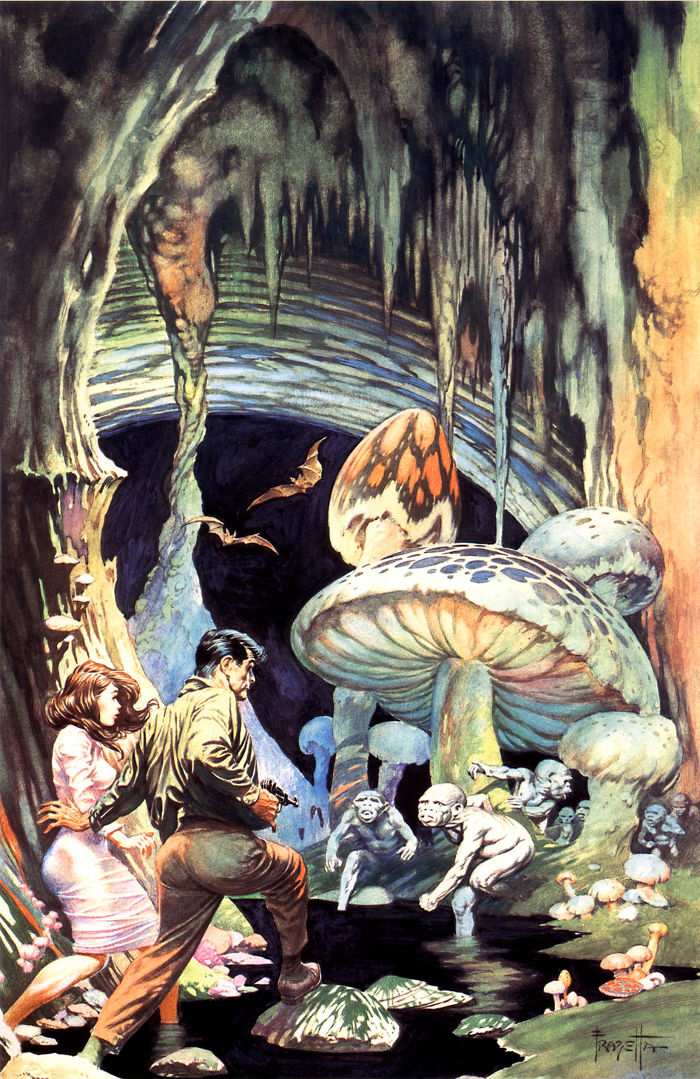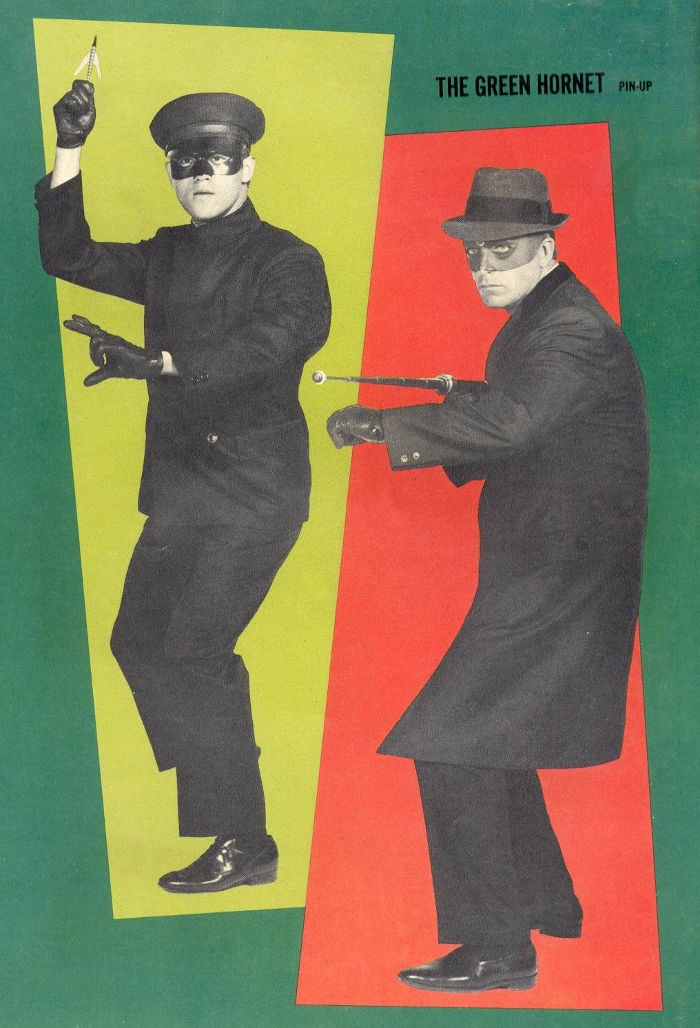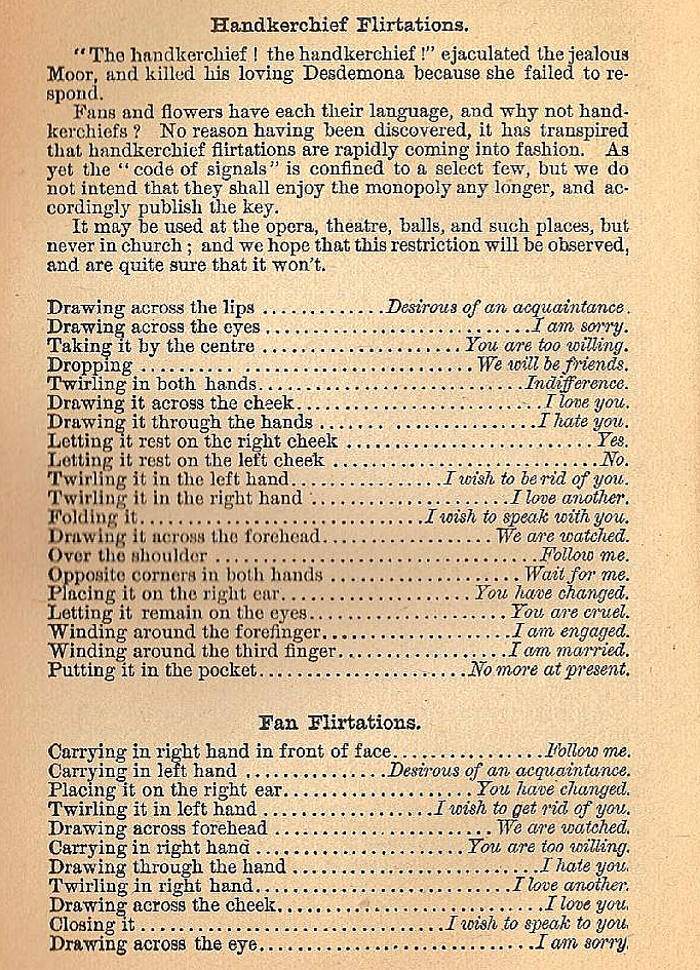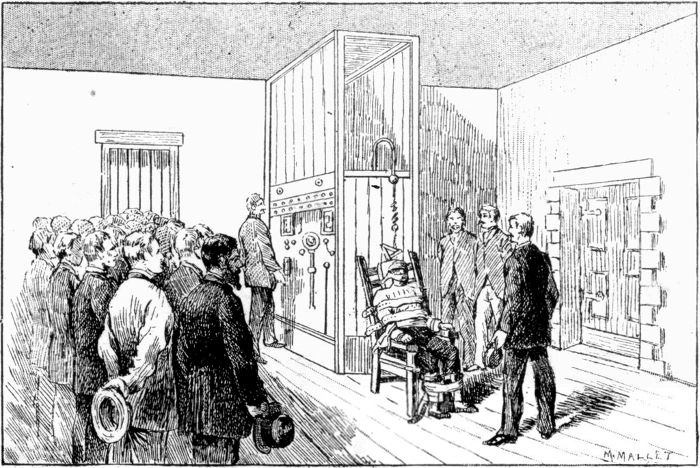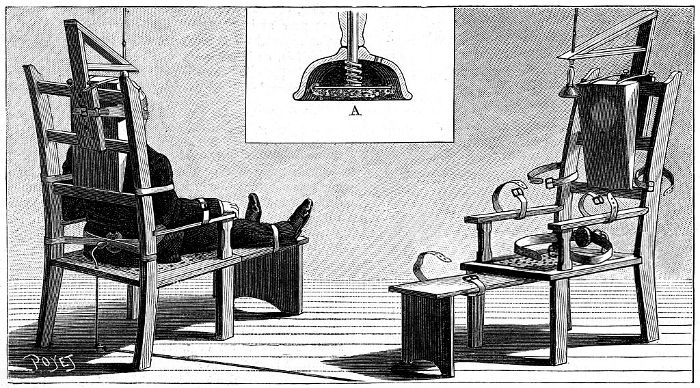Rocket to the Earth’s Core
It was an ultra-scientific machine- but it plunged Mark and Margaret into the weirdest of primitive worlds… a land beneath the Earth’s surface and forgotten by time, In those dimly lit caverns, a strange and forgotten race fought a desperate battle for survival… and blind chance would decide whether their captives would be rulers or slaves. The one certain thing was that there was no way out. (originally published in 1935)
SAFE!
Green Hornet Pin-Up, 1966
Handkerchief & Fan Flirtations
Colossal Head at Izamal, 1844
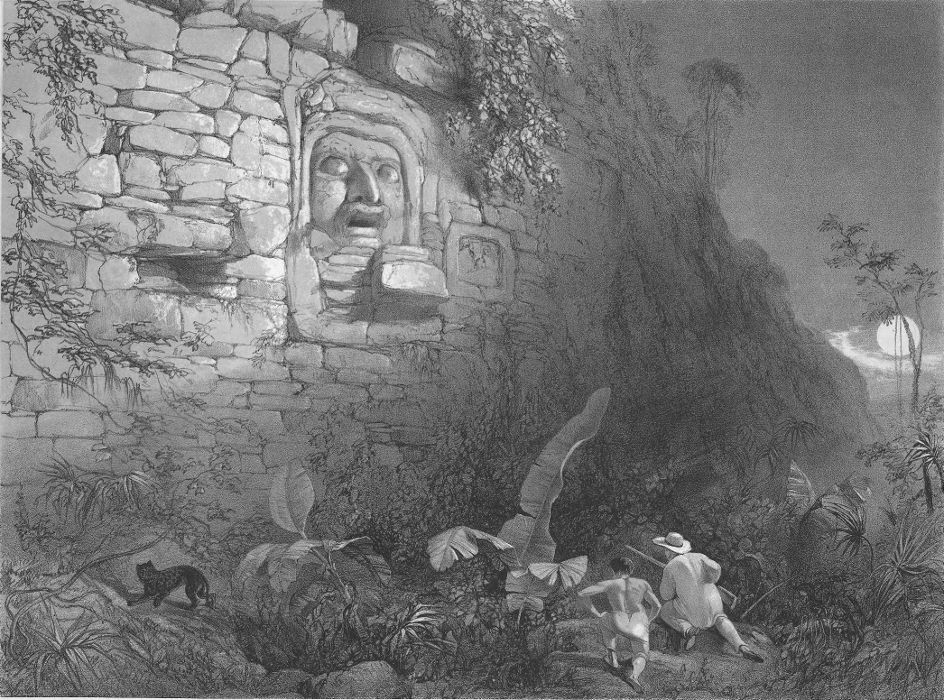 From Views of ancient monuments in Central America, Chiapas and Yucatan
From Views of ancient monuments in Central America, Chiapas and Yucatan
COLOSSAL HEAD, AT IZAMAL.
ON STONE, BY H. WARREN.
Izamal, at the height of its prosperity, must have been one of the most important of the Indian cities of Yucatan. There is abundant testimony to prove that it was inhabited at the time of the Spanish conquest. There are still remaining several mounds, one of which is the largest in Yucatan, but so dilapidated and disfigured, as to defy accurate measurement : it may be about seven hundred feet long and sixty high. It is said to contain interior chambers and colossal statues ; but no entrance at present exists to these subterranean apartments. The great church and convent of the Franciscan monks stands on the upper platform of one of these ancient teocalli, and the open area fronting the church is probably not less than two hundred feet square, surrounded on three sides by an open colonnade, forming a noble promenade, overlooking the modern city of Izamal and the surrounding country to a great distance. On the side of a mound about two hundred feet long, and which formerly had stone and stucco ornaments from one end to the other, is the Colossal Head — perhaps of some deity — represented in the plate : it is seven feet eight inches in height, and seven feet in width. A stone, one foot six inches long, protrudes from the chin, intended perhaps for burning copal on.
Mercury Departing Cleveland, 1936
The Terror of the Land
Swift as lightning the bully delivered his thrust, and La Croix dropped into Marchon’s arms. “So much for that insult,” La Rouge sneered. He had scarcely spoken when from the wood their came a fiendish cry. “Spring-Heeled Jack!” Le Rouge exclaimed.
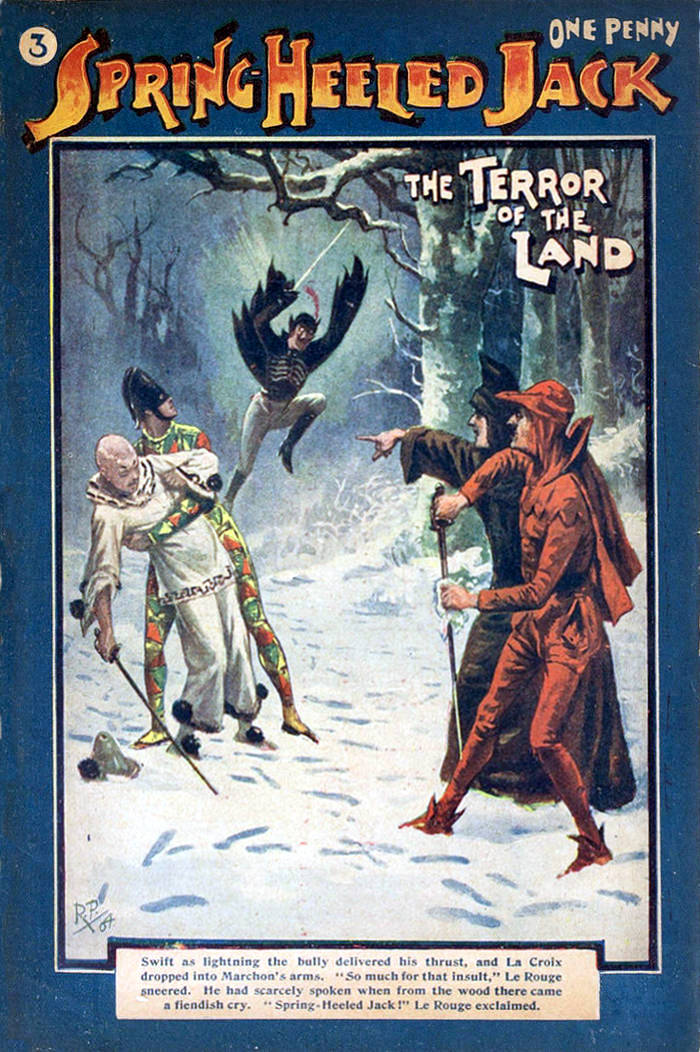
Spring-Heeled Jack, 1904, issue #3
